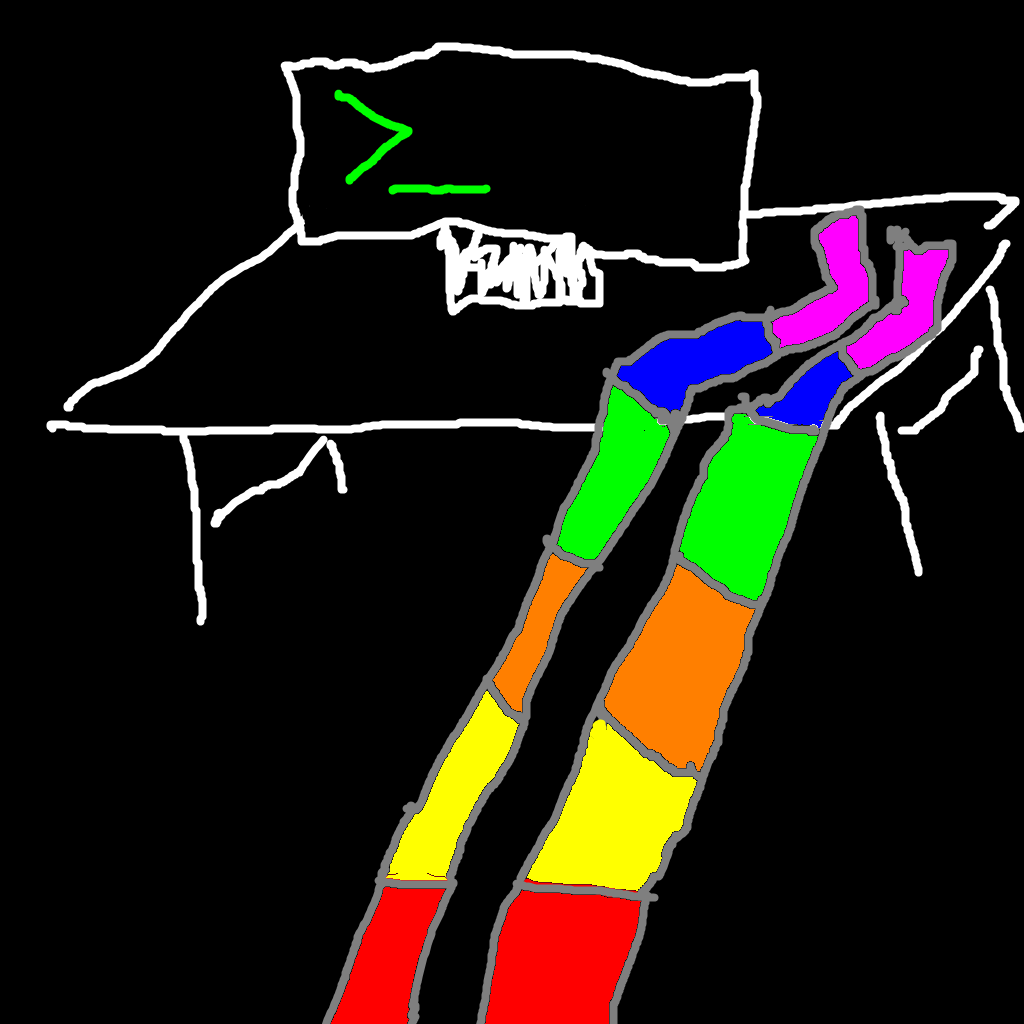

The 7th lesson will be revealed in our FREE three-part email course.


The 7th lesson will be revealed in our FREE three-part email course.
I also shave with a safety razor/shavette and spend about twice as long for a close shave as only the first pass. Also being the type worried for time, I’ve clocked myself and typically end up at just under 4 minutes including warm-up, post-shave creams, brushing, and oiling.
You go once with the grain, once across it (90 degrees) and then once against it but with a lower angle than the others (so you don’t cut/irritate unnecessarily). Lather before each pass as per usual. The time to get everything set up and work up the first lather is longer than going another two passes.
Edit to add: I shave like this about every other day, but let it go over weekends, or other times I resent my worksona. I have chosen shaving gear to make it fun though, with a nice brush & bowl, a nice smelling shaving soap, etc. My best trick was to find a better suited razor blade, Dorco Platinum, makes it easy, fun and lasts me two weeks before having to change. I’m sure other brands are great too, that’s just the best one I have available.
I’m trying to grow out a beard, so I don’t trim it down, but shape it once a week with some scissors and a comb.
Back when I couldn’t be bothered, I mostly grew it wild, brushed and shaped it 1-2 times/week, and trimmed it down in length every few months. Nowadays we have barbershops around and I can have a professional style it while I get a haircut.


Tl;dr:
Bathtubs started small due to size constraints of rooms, but got smaller because it’s cheaper to manufacture and handle smaller tubs.
#savedyouaclick


We’re learning in real time that the ICC and UN are great tools, until they disagree with you, at which point they can be ignored and even threatened.


I’m only happy to help <3


(they’re awkwardly asking for a poly 'shipping, most probably as a way to express that you guys are too cute :)


Topic of this thread: 1000 formal complaints against Eileen Cannon, as part of a concerted effort.
News about the right:
Trump blasts his trial judges. Then his fans call for violence.
After Trump’s guilty verdict, threats and attempts to dox Trump jurors proliferate online
Death threats to judge and jury: Inside the Maga meltdown after Trump verdict
And in the other cases:
Georgia steps up investigation into threats against Trump grand jurors
Georgia investigates threats against Trump jury (BBC)
E. Jean Carroll testifies she lives in fear of threats from Trump supporters


Written with ChatGPT no doubt


Maybe, it also has symbolic value, and might demoralise the civilian populace, whose support is crucial to the continued state support.
It still seems a weak move as infrastructure should be a more effective target, but who knows how many layers of distractions and attacks of opportunity really happen in the field?


Yes, as the blurb says in the fourth word or so.
Edit: did the math and counted up to the fourth word


I’ve gotten sets with nigiri and maki in several cities around Japan. I guess my experience and yours differ.


In my European country you’ll order sushi as nigiri at any cornershop sushi place.
It’s most often sold as a set, where there’s typically 4 pieces of some roll with three ingredients and nori on the outside (but variations are not uncommon).
It’s quite close to what I’ve had in Japan. Although fish quality is very different.
Yeah, and although greedy, maybe not enough to ruffle feathers over.
No payment for sub-1000 streams/year


If you’re buying tickets that far in advance, PTO is less of a request and more of “notifying you to fill those days”.
Oh, animaniacs <3


Heat is electromagnetic radiation - photons, sound is mechanical displacement - phonons.
They mostly propagate the same due to being waves, in most other respects they are very different.
Heat convection is an entirely separate process where heat radiation is aided by the movement of the surrounding medium. Where it would otherwise heat up it’s environment, convection keeps the environment from heating up. Compare coffee in a thermos (very little convection) to a cup you’re blowing on (significant convection); more air movement - more cooling.
Also, destructive interference does not at all work like that.
Maybe a more useful analogy could be that waves have like walking animations, where in part of the animation they go up, and in another part they go down. Destructive interference happens when a wave in its’ “up” phase crosses a wave in it’s “down”, meaning the resulting movement looks like nothing. The waves don’t however interact in any way, and will continue on their way and on their own animation cycles.
The shifting and heating parts are technically true but require very specific circumstances, enough so that I’m more prone to believe it’s another misunderstanding of the physics behind this. But I’ll give you the benefit of the doubt.


Yeah, I’m sure you’re right


Unfortunately I don’t agree.
Good reasons to omit details include brevity, legibility, pedagogy and scope.
Showing the supporting evidence for all steps in an evidence chain is simply not feasible, and we commonly have to accept that a certain presupposed level of knowledge as well as ambiguity is necessary. And much of the challenge is to be precise enough in the things that need precision.
UwUpeans, so great, and so horrid at the same time.
You sir/madam/gentlebeing, are a most delightfully twisted individual.